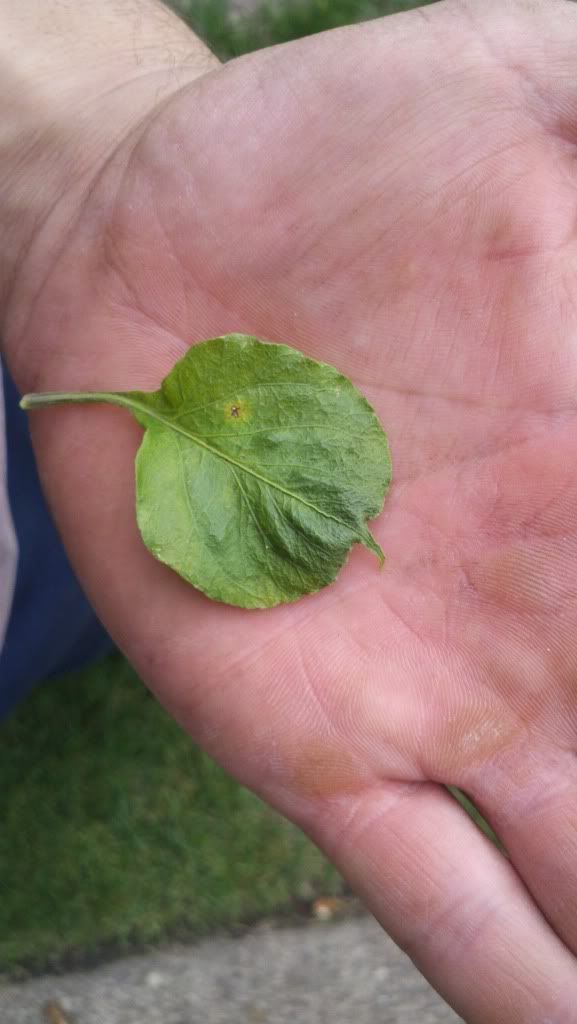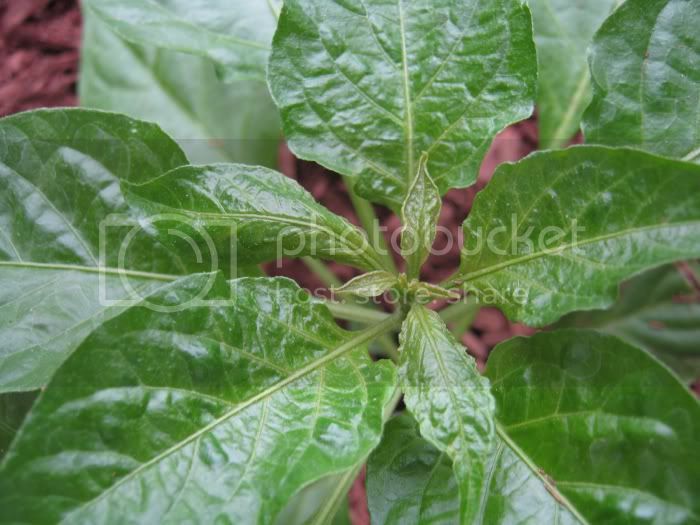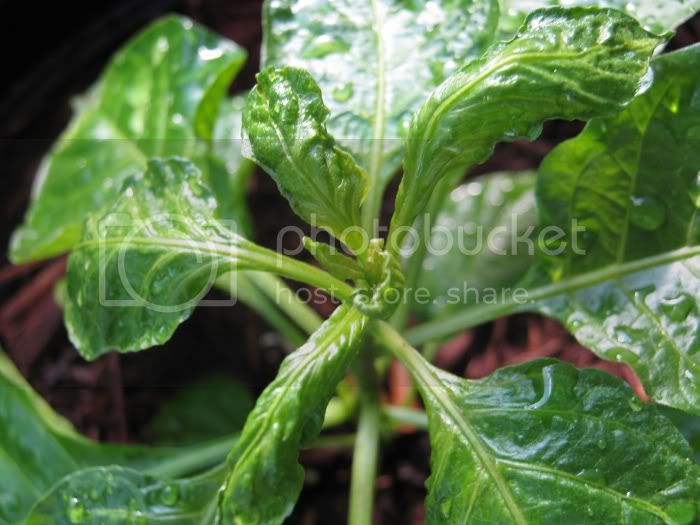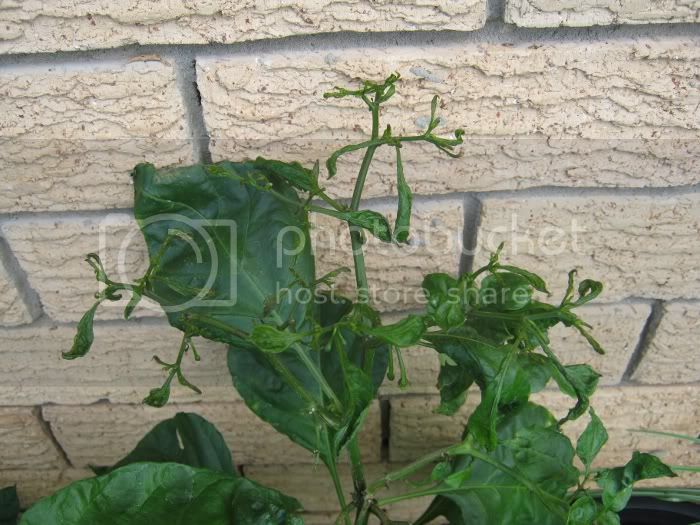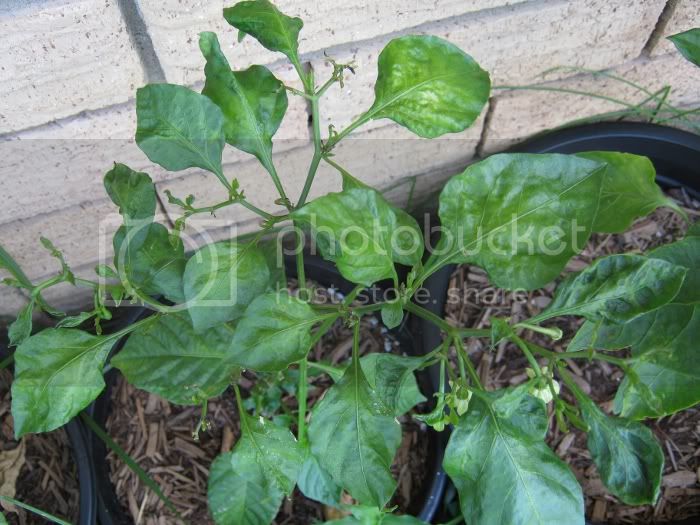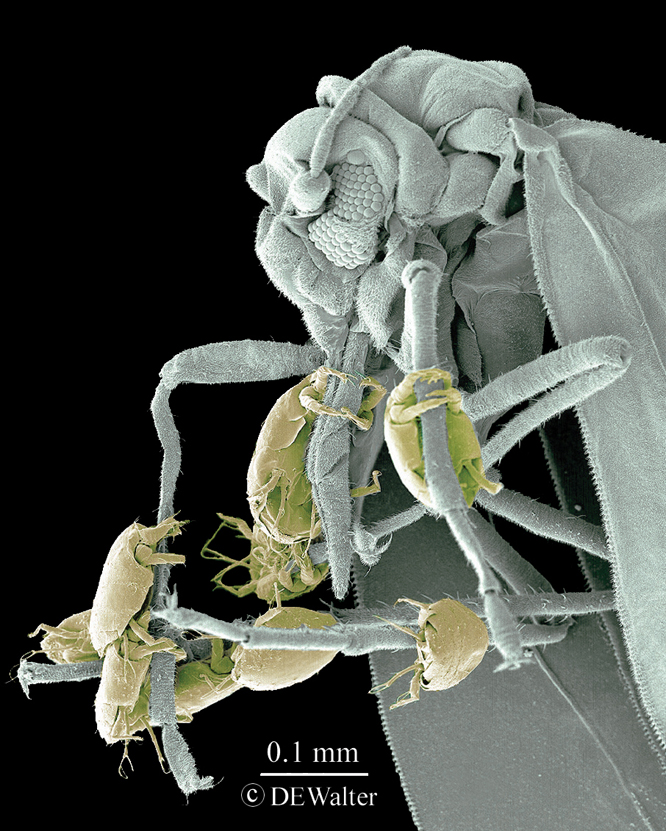I saw that stuff at Bunnings today. Judging by the name of the active ingredient (Omethoate), I am *assuming* it's pretty similar to Rogor (Dimethoate). (Based on the active ingredients sounding the same  )
)
If so, it *should* do the trick. A good Rogoring usually takes care of them for a month or two for me, but as my environment is infested with them, they always return.
I saw this Sulfur stuff at Bunnings too while I was there which I have yet to try and may be worth a shot. I try to alternate different treatments as I don't want the buggers growing resistance to anything I use—even though they probably will anyway. :\
If so, it *should* do the trick. A good Rogoring usually takes care of them for a month or two for me, but as my environment is infested with them, they always return.
I saw this Sulfur stuff at Bunnings too while I was there which I have yet to try and may be worth a shot. I try to alternate different treatments as I don't want the buggers growing resistance to anything I use—even though they probably will anyway. :\

